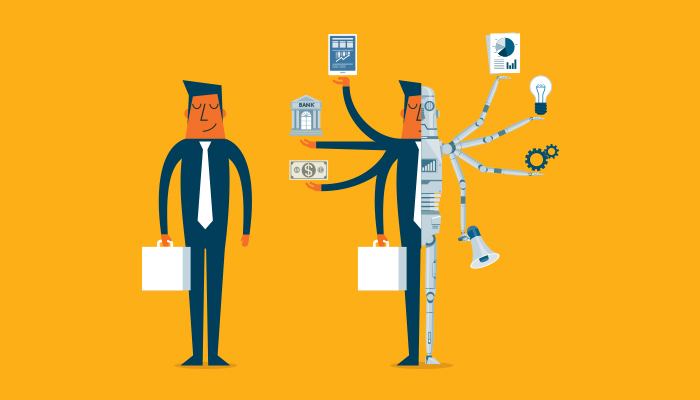What Is Multi-Factor Authentication? A Simple Guide for 2025
Multi-factor authentication (MFA) is no longer just an IT buzzword — it’s a critical component of modern cybersecurity. In today’s digital world, where cyber threats are increasing in both volume and complexity, relying on passwords alone is simply not enough. But what is multi-factor authentication, exactly? And why is it becoming a cybersecurity best practice in 2025?
Understanding Multi-Factor Authentication
Multi-factor authentication is a security process that requires users to present two or more forms of verification before gaining access to a digital account or system. The goal is simple: add layers of protection so that even if one factor is compromised, unauthorized access is still prevented.
Think of MFA like a series of locked boxes: each layer adds a new lock that only the rightful user can open. These authentication factors are typically categorized into three types:
- Knowledge (Something you know): Passwords, PINs, or answers to security questions.
- Possession (Something you have): OTPs (one-time passwords), authentication apps, smart cards, or security tokens.
- Inherence (Something you are): Biometrics like fingerprints, facial recognition, voice patterns, or retina scans.
Real-World Examples of MFA in Action
You’ve probably encountered multi-factor authentication without even realizing it. Here are a few examples you might recognize:
- Online Banking: After entering your password, you’re often required to input an OTP sent to your mobile device or email address.
- Social Media: Platforms like Facebook or LinkedIn might prompt you for additional verification when you log in from an unfamiliar device or location.
- ATM Withdrawals: To access your money, you need both your debit card (possession) and your PIN (knowledge).
- Enterprise Logins: Many businesses use hardware tokens or authentication apps like Google Authenticator or Microsoft Authenticator as an extra verification step.
Why MFA Is Essential for Cybersecurity in 2025
Cyberattacks are more frequent and sophisticated than ever before. According to a 2024 cybersecurity report by IBM, 61% of data breaches involved stolen or compromised credentials. MFA significantly reduces the risk of unauthorized access, even if your password is stolen.
In fact, the U.S. Cybersecurity and Infrastructure Security Agency (CISA) now recommends MFA as one of the top security practices for individuals, small businesses, and enterprises alike.
MFA vs. 2FA: What’s the Difference?
While both MFA (multi-factor authentication) and 2FA (two-factor authentication) enhance security, MFA is a broader term. 2FA requires exactly two authentication factors, while MFA may include two or more. Using all three types of authentication provides even greater protection — especially for sensitive data or systems with high-risk access.
How to Enable Multi-Factor Authentication
Setting up MFA is easier than you might think. Most platforms — including Gmail, Facebook, Microsoft 365, and even banking apps — offer simple options in their security settings to enable MFA. You can choose between text-based OTPs, authentication apps, or biometric verification, depending on the platform.
If you’re a business owner or IT professional, talk to your managed service provider (MSP) about implementing an enterprise-grade MFA solution that integrates with your existing infrastructure and offers centralized control.
Final Thoughts: Protecting Your Digital Identity
As digital threats evolve, so must our defenses. Multi-factor authentication adds a vital layer of protection and is quickly becoming the norm across all sectors — from personal banking to enterprise-level systems. By implementing MFA, you’re not just protecting your data — you’re safeguarding your identity, your business, and your peace of mind.
Want to learn more about securing your network or need help implementing MFA for your organization? Contact your MSP or IT provider to get started with a customized cybersecurity plan today.
